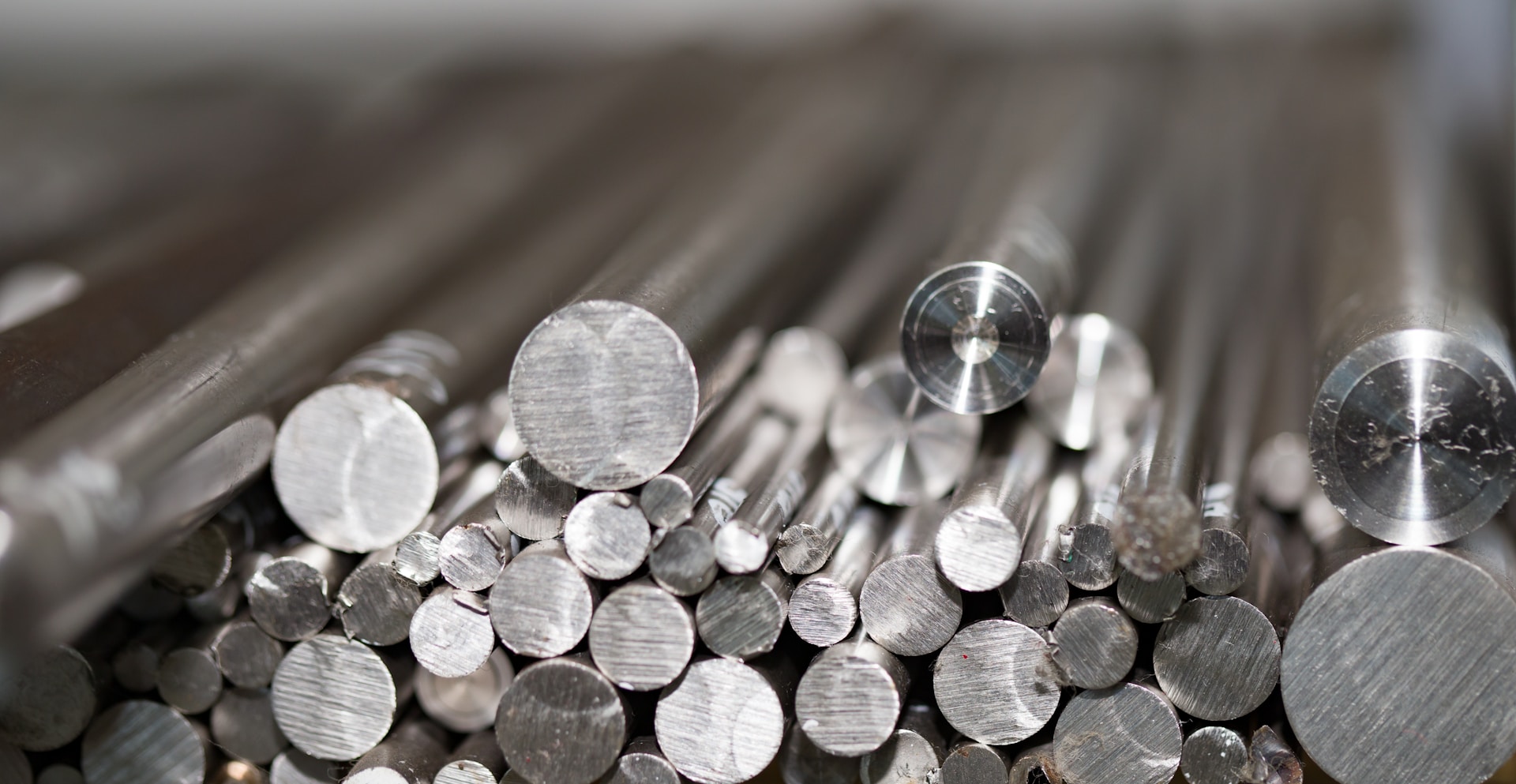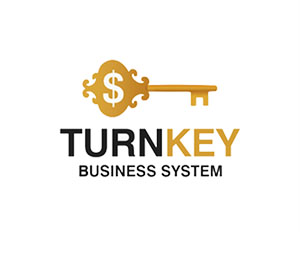
Silver on Forex: What to Expect?
Silver, often referred to as "the poor man's gold," has long been a popular asset in financial markets. While it may not command the same attention as its more illustrious counterpart, gold, silver holds a unique position in the Forex market due to its dual nature as both a precious metal and an industrial commodity.
Traders and investors alike closely monitor silver's performance, as it can provide valuable insights into broader market trends.
In this article, we will explore the role of silver in Forex trading, factors influencing its price movements, and what traders can expect when trading silver in the current market environment.
Traders and investors alike closely monitor silver's performance, as it can provide valuable insights into broader market trends.
In this article, we will explore the role of silver in Forex trading, factors influencing its price movements, and what traders can expect when trading silver in the current market environment.

Silver on Forex: What to Expect?
Understanding Silver in the Forex Market
Silver is traded in the Forex market primarily through CFDs (Contracts for Difference) or futures contracts. Unlike traditional currency pairs, silver is treated as a commodity paired with major currencies such as the US dollar (XAG/USD). This pairing reflects the relationship between silver prices and the strength or weakness of the US dollar, which is a critical factor in determining silver's value.Silver's appeal lies in its versatility. As a precious metal, it serves as a store of value and a hedge against inflation. At the same time, its widespread use in industries such as electronics, solar energy, and medical equipment makes it highly sensitive to economic cycles. This duality makes silver an intriguing asset for Forex traders who want exposure to both safe-haven and growth-oriented investments.
Factors Influencing Silver Prices
Several key factors influence the price of silver, many of which are interconnected. Understanding these drivers is crucial for predicting future price movements and making informed trading decisions.1. The US Dollar
The XAG/USD pair highlights the inverse relationship between silver prices and the US dollar. When the dollar strengthens, silver tends to weaken, and vice versa. This correlation stems from the fact that silver is priced in dollars globally, so a stronger dollar makes silver more expensive for holders of other currencies, reducing demand.
2. Inflation and Monetary Policy
Silver is widely regarded as a hedge against inflation. During periods of rising inflation, investors flock to precious metals like silver to preserve purchasing power. Conversely, deflationary pressures or hawkish monetary policies—such as interest rate hikes by central banks—can dampen silver's appeal, as higher yields on traditional assets like bonds become more attractive.
3. Industrial Demand
Approximately 50% of silver's annual demand comes from industrial applications. Economic growth, technological advancements, and shifts toward renewable energy sources (e.g., solar panels) significantly impact silver's price. For example, increased adoption of green technologies could drive up demand for silver, boosting its value.
4. Geopolitical Uncertainty
Like gold, silver benefits from safe-haven flows during times of geopolitical instability. Events such as wars, political unrest, or global pandemics often lead to increased investment in precious metals, including silver, as investors seek refuge from volatile markets.
5. Supply Constraints
Silver production is subject to mining output, which can be affected by labor strikes, environmental regulations, and operational challenges. Any disruptions in supply can create upward pressure on prices, especially if demand remains strong.
6. Speculative Activity
The speculative nature of the Forex market means that sentiment and positioning play a significant role in silver's short-term price movements. Large institutional players, hedge funds, and retail traders can amplify volatility through leveraged bets and momentum-driven strategies.
Silver vs. Gold: A Comparative Analysis
While silver and gold share similarities as precious metals, their price dynamics differ significantly. Here’s how they compare:1. Volatility
Silver is generally more volatile than gold due to its smaller market size and dual role as both a precious metal and an industrial commodity. This volatility presents opportunities for traders seeking higher returns but also increases risk.
2. Liquidity
Gold enjoys greater liquidity compared to silver, making it easier to buy and sell large quantities without impacting prices. However, silver's liquidity is still sufficient for most retail and institutional traders.
3. Price Sensitivity
Silver is more sensitive to changes in industrial demand and macroeconomic conditions. In contrast, gold is often viewed purely as a monetary asset and reacts more strongly to shifts in interest rates and currency values.
4. Investment Appeal
Gold is traditionally favored as a long-term store of value, while silver appeals to traders looking for a mix of safety and growth potential. Its affordability relative to gold also makes silver accessible to smaller investors.
What to Expect from Silver in the Current Market Environment
As we evaluate silver's prospects in the Forex market, several trends and scenarios warrant consideration:1. Rising Interest Rates and Dollar Strength
In recent years, central banks around the world have adopted tighter monetary policies to combat inflation. Higher interest rates tend to weigh on non-interest-bearing assets like silver, particularly when accompanied by a strengthening US dollar. Traders should anticipate downward pressure on silver prices during such periods unless offset by robust industrial demand or safe-haven inflows.
2. Green Energy Transition
The global push toward renewable energy is expected to boost silver demand in the coming years. Silver is a critical component in photovoltaic cells used in solar panels, and increasing investments in clean energy infrastructure could support higher prices over the long term.
3. Recession Risks
If the global economy enters a recession, silver may experience mixed performance. On one hand, reduced industrial activity could depress demand. On the other hand, heightened uncertainty might drive investors toward safe-haven assets, potentially benefiting silver.
4. Technological Advancements
Emerging technologies, such as electric vehicles and 5G networks, rely heavily on silver components. Continued innovation in these sectors could sustain or even increase demand, providing a tailwind for prices.
5. Geopolitical Tensions
Ongoing geopolitical tensions, such as trade disputes or conflicts, could fuel safe-haven buying of silver. However, the extent of its gains may depend on whether gold absorbs the majority of investor capital during crises.
Strategies for Trading Silver on Forex
To capitalize on silver's unique characteristics, consider implementing the following strategies:1. Technical Analysis
Use technical indicators such as moving averages, RSI (Relative Strength Index), and Fibonacci retracements to identify entry and exit points. Silver's volatility makes it well-suited for technical analysis, provided traders exercise caution with stop-loss orders.
2. Fundamental Analysis
Monitor economic data releases, central bank announcements, and geopolitical developments that could impact silver prices. Pay special attention to reports related to industrial demand and supply constraints.
3. Diversification
Incorporate silver into a diversified portfolio that includes other commodities, currencies, and equities. This approach helps mitigate risks associated with individual asset classes.
4. Hedging
For traders holding positions in other assets, silver can serve as a hedge against inflation or currency depreciation. Pairing silver trades with correlated instruments (e.g., gold or oil) can enhance overall portfolio stability.
5. Long-Term Investment
Given silver's historical tendency to outperform during bull markets for precious metals, consider allocating a portion of your capital to long-term silver positions. Patience is key, as silver's price can remain subdued for extended periods before breaking out.
Challenges and Risks of Trading Silver
Despite its potential rewards, trading silver on Forex comes with inherent risks:1. High Volatility
Silver's price swings can be unpredictable, leading to significant losses if proper risk management measures are not in place.
2. Leverage Risks
Forex platforms often offer high leverage, amplifying both gains and losses. Traders must use leverage judiciously to avoid margin calls.
3. Market Sentiment
Silver's price can be heavily influenced by speculative activity, which may not always align with fundamental factors.
4. Macroeconomic Shifts
Changes in global economic conditions, such as recessions or shifts in consumer preferences, can disrupt silver's demand-supply balance.
Conclusion: Navigating Silver's Role in Forex
Silver occupies a fascinating niche in the Forex market, blending the attributes of a precious metal and an industrial commodity. Its price movements reflect a complex interplay of factors, ranging from monetary policy and industrial demand to geopolitical events and technological innovation. For traders willing to navigate its volatility and intricacies, silver offers ample opportunities for profit and diversification.Looking ahead, silver's trajectory will likely be shaped by ongoing macroeconomic trends, the transition to renewable energy, and evolving investor sentiment. By staying informed, employing sound trading strategies, and managing risk effectively, traders can harness the full potential of silver in the dynamic world of Forex. Whether you're speculating on short-term fluctuations or investing for the long haul, silver remains a compelling asset class worthy of attention.
#SilverTrading #ForexMarket #PreciousMetals









Report
My comments